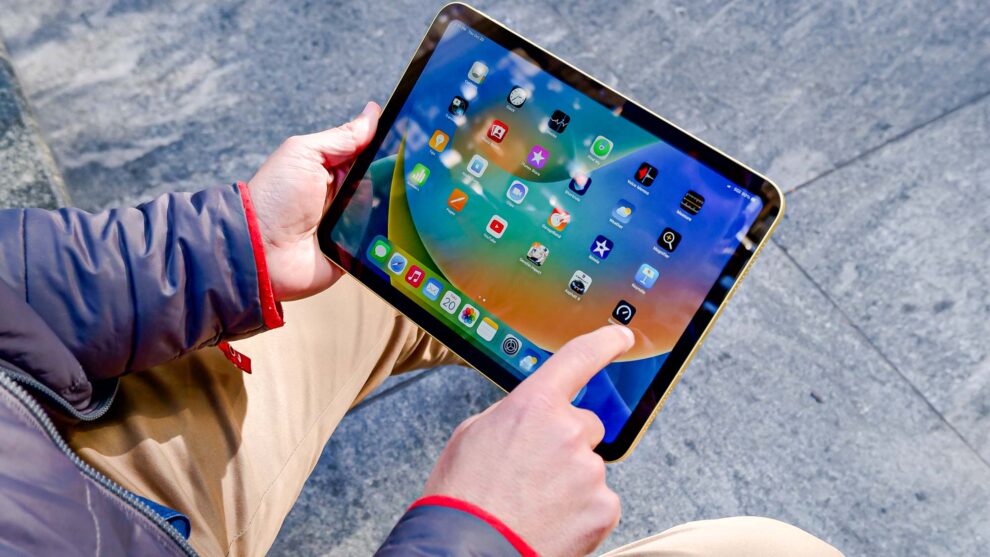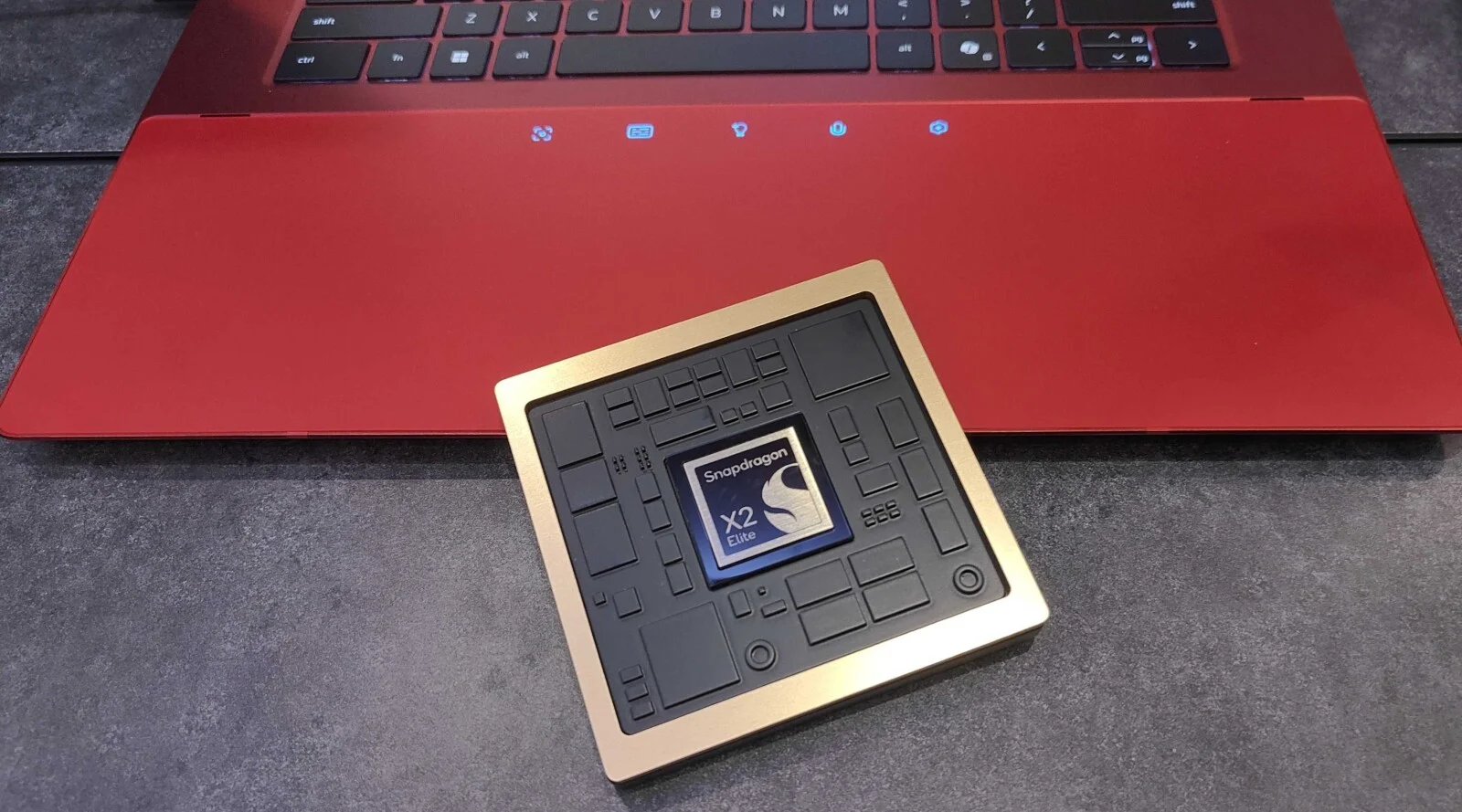Whispers out of the Apple rumor mill paint a picture of iPadOS 19 taking a leaf, or perhaps just a sticky note, from its desktop cousin, macOS. Recent leaks hint at features aimed at making the iPad experience more akin to using a Mac, particularly when paired with a physical keyboard. But for those holding out hope for a truly transformative moment, these rumored additions might feel less like a leap forward and more like a gentle nudge into familiar territory.
For years, the debate has simmered: is the iPad a tablet trying to be a computer, or a computer limited by its tablet form? Each iPadOS update brings speculation about features that could finally bridge the gap, unleashing the full potential of the iPad’s powerful hardware, especially the models now sharing Apple silicon with Macs. This latest round of rumors, primarily stemming from leaker Majin Bu and echoing earlier sentiments from Bloomberg’s Mark Gurman about a focus on productivity, points to a couple of key areas getting attention in iPadOS 19: a Mac-style menu bar and refinements to Stage Manager.
Imagine connecting your Magic Keyboard to your iPad running iPadOS 19. According to these leaks, a menu bar could pop into existence at the top of the screen, much like the one you see on a MacBook or iMac. This bar would presumably house application-specific menus like “File,” “Edit,” and “View,” traditionally found within the app window itself on current iPadOS. The idea is seemingly to provide a more conventional desktop application interface when using the iPad in a laptop-like configuration.
On the surface, adding a menu bar sounds like a sensible step towards a more desktop-like feel. When you’re working with a keyboard and trackpad, reaching for on-screen menus can feel less precise than clicking through a dedicated menu bar at the top. For power users accustomed to the muscle memory of keyboard shortcuts tied to these menus, this could offer a smoother workflow, eliminating the need to hunt for contextual options buried within an app’s interface. Think about a complex application like a photo editor or a spreadsheet; having readily accessible menus for saving, exporting, formatting, and other functions could streamline tasks.
However, the concept of simply移植ing the Mac menu bar raises questions. macOS applications are built with this persistent menu structure in mind, often housing a wide array of options. How would this translate to the touch-first environment of iPadOS when the keyboard is detached? Would the menu bar vanish, requiring users to re-learn where functions are located depending on their setup? This potential inconsistency could create frustration rather than enhance productivity.
Furthermore, the depth and complexity of options typically found in Mac application menus often reflect a desktop-class software experience that isn’t always present on the iPad, even with Pro apps. If the iPadOS 19 menu bar simply provides quick access to the limited menu options already available within current iPad apps, its impact might be minimal. It risks being a visual flourish rather than a functional revolution, a desktopizacji effort that doesn’t fundamentally change what the apps themselves can do. It’s like putting a steering wheel on a bicycle; it looks more like a car, but it doesn’t give you an engine.
Then there’s the rumored “Stage Manager 2.0.” Stage Manager, introduced in iPadOS 16, was Apple’s big swing at improving multitasking and window management on the iPad. Its reception has been mixed. Some users find it a helpful way to manage multiple windows, while others criticize its limitations compared to traditional desktop multitasking, citing issues with window resizing, overlap, and inconsistent behavior. The leaks suggest Stage Manager 2.0 would be an “enhanced multitasking mode that activates automatically when the keyboard is attached,” promising smoother app and window management.
Improvements to Stage Manager are undoubtedly welcome. The current iteration can feel clunky at times, making the process of arranging and switching between multiple application windows less intuitive than it is on a Mac. If Stage Manager 2.0 brings more fluid window resizing, better handling of overlapping windows, and a more reliable system for grouping and recalling application sets, that would be a tangible improvement for those who rely on multitasking.
However, the phrasing “enhanced multitasking mode that activates automatically” when a keyboard is attached sounds suspiciously like the current Stage Manager behavior. If Stage Manager 2.0 is merely a refinement of the existing system, addressing some of its rough edges without fundamentally changing its underlying approach to window management, it might not satisfy users craving a more open, flexible multitasking experience akin to macOS. Many have expressed a desire for the ability to freely place and resize windows anywhere on the screen, with less rigid adherence to predefined layouts. If Stage Manager 2.0 still imposes significant constraints, even if smoother, it could feel like more of the same, just slightly polished.
Consider the user who wants to have a reference document open alongside a writing app and a web browser, freely arranging them to suit their workflow without the system dictating window sizes or positions. If Stage Manager 2.0 still snaps windows into predetermined zones or limits the number of readily accessible windows, it might not feel like a significant step towards true desktop-class multitasking. It would be an improvement within the existing Stage Manager paradigm, not a departure from it.
The consistent thread in user feedback about iPadOS and its relationship with macOS is the desire for more control and flexibility, particularly in productivity workflows. Users want robust external display support that extends the desktop, not just mirrors or provides a limited separate space. They want a file management system that feels as capable and accessible as the Finder on a Mac. They want the ability to run more complex, resource-intensive applications that aren’t always available or fully featured on iPadOS.
Adding a menu bar and refining Stage Manager are steps in a direction many users have requested, but they address specific symptoms rather than the perceived underlying cause of the iPad’s software limitations for power users. It feels like Apple is gradually adding Mac-like interface elements and improving existing multitasking features without fundamentally rethinking the core of iPadOS as a desktop operating system replacement.
These rumored iPadOS 19 features, while potentially improving usability for some tasks, do not appear to represent a groundbreaking shift that dramatically alters the iPad’s capabilities or fundamentally blurs the lines with macOS. They seem like iterative improvements, welcome but perhaps overdue, aimed at making the current iPad experience slightly more efficient when used with a keyboard. For those waiting for the iPad to truly become a Mac in tablet form, iPadOS 19, based on these leaks, might not be the revolutionary update they have been hoping for. It appears we’ll continue to see the iPad and Mac evolve alongside each other, maintaining their distinct identities, with iPadOS borrowing elements from macOS but not fully embracing its desktop paradigm.








